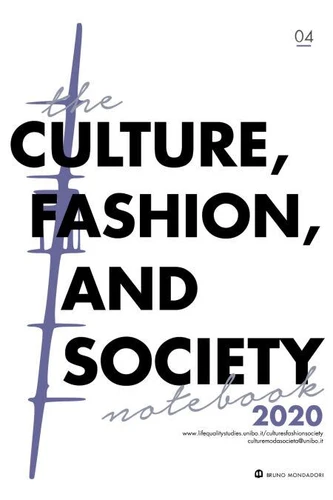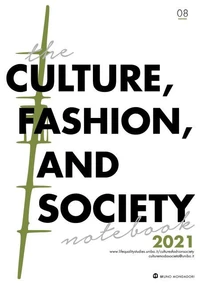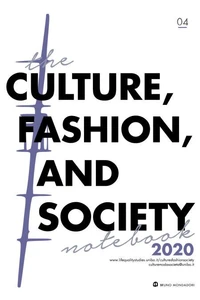African Așo in Brazilian Candomblés
Par :Formats :
Disponible dans votre compte client Decitre ou Furet du Nord dès validation de votre commande. Le format PDF est :
- Compatible avec une lecture sur My Vivlio (smartphone, tablette, ordinateur)
- Compatible avec une lecture sur liseuses Vivlio
- Pour les liseuses autres que Vivlio, vous devez utiliser le logiciel Adobe Digital Edition. Non compatible avec la lecture sur les liseuses Kindle, Remarkable et Sony
 , qui est-ce ?
, qui est-ce ?Notre partenaire de plateforme de lecture numérique où vous retrouverez l'ensemble de vos ebooks gratuitement
Pour en savoir plus sur nos ebooks, consultez notre aide en ligne ici
- FormatPDF
- ISBN978-88-6774-249-3
- EAN9788867742493
- Date de parution11/01/2021
- Protection num.Digital Watermarking
- Taille977 Ko
- Infos supplémentairespdf
- ÉditeurBruno Mondadori
Résumé
This article seeks to understand the connection between the afrobrazilian candomblé religion and its identity through the ritual gar-
ments imported from African fabrics. Considering this, we will analyse the historical processes that brought the first African fabrics to
Brazil since the eighteenth century, and of industrial fabrics' intense commercial route. The research was conducted by analysing these
textiles from their handicraft methods, industrial beginnings, and trade route with Brazil, which intensified in the nineteenth century by the Afro-religious trade.
The specific fabrics to be analysed are: A?o ? Oké, Wax Print and Adire. In addition to the bibliography, field research was carried out in candomblé temples and clothing markets. Photographs and field research demonstrate the presence of some of these fabrics in candomblé, especially in the post-1980s (re)-Africanization movement, bringing aesthetic elements from African cultures (mainly Yorùbá), instead of other fabrics.
This presentation will help us understand why some striking fabrics in African cultures are neglected in candomblé, due to the historical process of this liturgical trade.
The specific fabrics to be analysed are: A?o ? Oké, Wax Print and Adire. In addition to the bibliography, field research was carried out in candomblé temples and clothing markets. Photographs and field research demonstrate the presence of some of these fabrics in candomblé, especially in the post-1980s (re)-Africanization movement, bringing aesthetic elements from African cultures (mainly Yorùbá), instead of other fabrics.
This presentation will help us understand why some striking fabrics in African cultures are neglected in candomblé, due to the historical process of this liturgical trade.
This article seeks to understand the connection between the afrobrazilian candomblé religion and its identity through the ritual gar-
ments imported from African fabrics. Considering this, we will analyse the historical processes that brought the first African fabrics to
Brazil since the eighteenth century, and of industrial fabrics' intense commercial route. The research was conducted by analysing these
textiles from their handicraft methods, industrial beginnings, and trade route with Brazil, which intensified in the nineteenth century by the Afro-religious trade.
The specific fabrics to be analysed are: A?o ? Oké, Wax Print and Adire. In addition to the bibliography, field research was carried out in candomblé temples and clothing markets. Photographs and field research demonstrate the presence of some of these fabrics in candomblé, especially in the post-1980s (re)-Africanization movement, bringing aesthetic elements from African cultures (mainly Yorùbá), instead of other fabrics.
This presentation will help us understand why some striking fabrics in African cultures are neglected in candomblé, due to the historical process of this liturgical trade.
The specific fabrics to be analysed are: A?o ? Oké, Wax Print and Adire. In addition to the bibliography, field research was carried out in candomblé temples and clothing markets. Photographs and field research demonstrate the presence of some of these fabrics in candomblé, especially in the post-1980s (re)-Africanization movement, bringing aesthetic elements from African cultures (mainly Yorùbá), instead of other fabrics.
This presentation will help us understand why some striking fabrics in African cultures are neglected in candomblé, due to the historical process of this liturgical trade.





